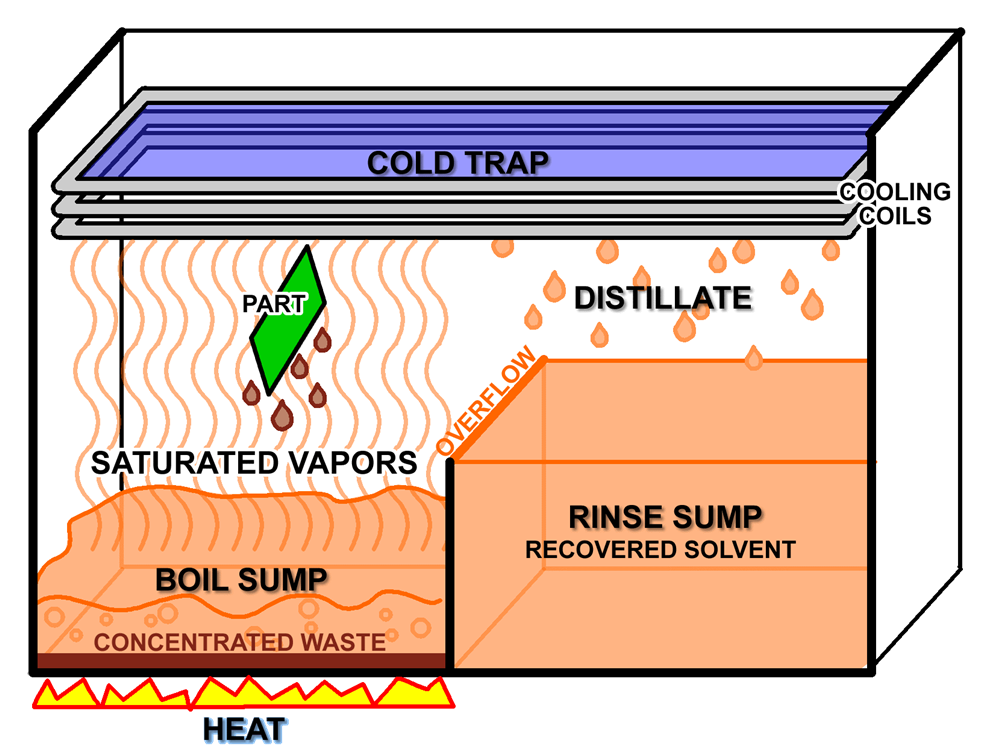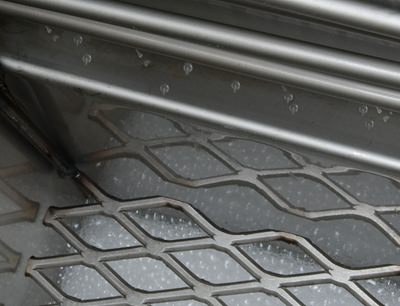Vapor degreasing is a highly efficient and widely used industrial cleaning process designed to remove grease, oils, waxes, fluxes, and other contaminants from various metal, plastic, and electronic components. Vapor degreasing is a valuable cleaning method for industries that require precise and thorough cleaning of parts, such as aerospace, automotive, electronics, and medical device manufacturing.
The vapor degreasing process typically takes place in a closed chamber or tank with two distinct sections. The lower section contains the solvent, while the upper section holds the parts to be cleaned. The solvent is heated to its boiling point, creating vapor that rises and comes into contact with the soiled parts. As the vapor condenses on the colder surfaces of the components, it liquefies and effectively dissolves the contaminants. Gravity then causes the dissolved contaminants to drain off the parts and settle in the bottom of the tank.
The key advantages of vapor degreasing are its ability to remove stubborn contaminants thoroughly and quickly, its compatibility with various materials, and its relatively low energy consumption compared to other cleaning methods. It is also a closed-loop process, so solvent is reclaims and used over-and-over. Additionally, the process can be automated for large-scale industrial applications, leading to increased productivity and consistency in the cleaning results.
For more information on vapor degreasing, check out "Vapor Degreasing: The Quick Guide".
Ask A Technical Question
Stay up-to-date on Chemtronics news, products, videos & more.


